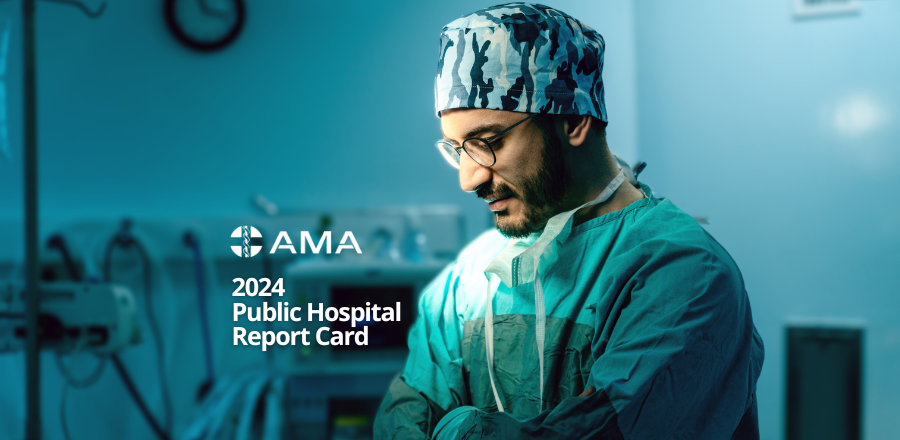Analysing the micro-organisms in our gut utilising sophisticated computing and DNA technology has shown it could substantially improve early prediction of liver diseases.
The pioneering study led by Ms Yang Liu and Professor Michael Inouye, published today in Cell Metabolism, shows the powerful combination of machine learning and gut microbiome sequencing could help tackle the growing issue of liver diseases, which cause about two million deaths globally per year.
Scientists from the Cambridge Baker Systems Genomics Initiative led a global team including researchers from the Finnish National Institute of Health and Welfare, University of California San Diego and University of Cambridge in analysing more than 7000 samples from a Finnish population-based cohort with nearly 15 years of health data.
The human gut microbiome — the collection of micro-organisms residing in the gastrointestinal tract — has been increasingly recognised in various aspects of liver disease, with interest in this area growing alongside rapid development of sequencing technology.
By harnessing machine learning and DNA sequencing, the researchers developed a framework to examine the association and predictive power of the gut microbiome for future liver diseases.
The researchers demonstrated that the gut microbiome and conventional risk factor models exhibited similar prediction performances separately, but when combined future liver disease could be predicted significantly more accurately.
Munz Chair of Cardiovascular Prediction and Prevention at the Baker Institute, Professor Inouye says few studies have investigated the prediction of liver disease using gut microbiota, with this study offering solid evidence that the gut microbiome could help GPs in the clinic.
Lead author, Yang Liu says clinical risk prediction models for liver disease commonly rely on demographic, lifestyle and biochemical factors derived from blood tests. While these have reasonable accuracy in clinical practice, they tend to be influenced by other conditions and have reduced accuracy for early-stage disease. In fact, many patients are not diagnosed with liver disease until an advanced stage when liver function is overwhelmed. Currently, liver biopsy remains the gold standard for diagnosis and classification of disease stage, but biopsy is invasive and therefore restricted. This study shows immense potential of the gut microbiome to support the clinical practice for early detection of disease.
These findings therefore come as welcome news for an area where there is significant unmet clinical need and highlight that the gut microbiome has potential to improve primary care.








